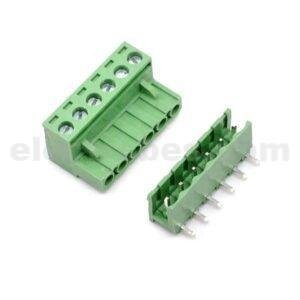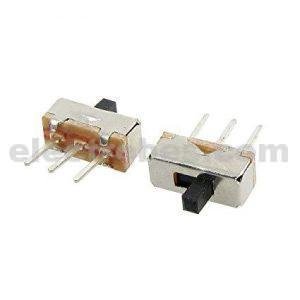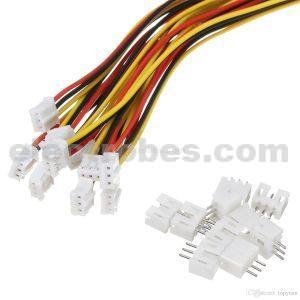5x5x4.3mm Momentary Tactile 4-Pins Pushbutton Switch
- Breadboard friendly
- 4-Pins
- DIP
- PCB Mount
In stock
₨ 5
In stock
Introduction
One of the most elementary and easy-to-overlook circuit component is the switch. Switches don’t require any fancy equations to evaluate. All they do is select between an open circuit and a short circuit. Simple.
What is a Switch?
A switch is a component which controls the open-ness or closed-ness of an electric circuit. They allow control over current flow in a circuit (without having to actually get in there and manually cut or splice the wires). Switches are critical components in any circuit which requires user interaction or control.
A switch can only exist in one of two states: open or closed. In the off state, a switch looks like an open gap in the circuit. This, in effect, looks like an open circuit, preventing current from flowing.
In the on state, a switch acts just like a piece of perfectly-conducting wire. A short. This closes the circuit, turning the system “on” and allowing current to flow unimpeded through the rest of the system.
There are tons and tons of switches out there: toggle, rotary, DIP, push-button, rocker, membrane, … the list just goes on and on. Each of those switch types has a set of unique characteristics to differentiate it from others. Characteristics like what action flips the switch, or how many circuits the switch can control. Next up, we’ll go over some of the more basic switch characteristics.
- Breadboard friendly
- 4-Pins
- DIP
- PCB Mount
- Breadboard friendly
- 4-Pins
- DIP
- PCB Mount
Based on 0 reviews
Only logged in customers who have purchased this product may leave a review.









There are no reviews yet.